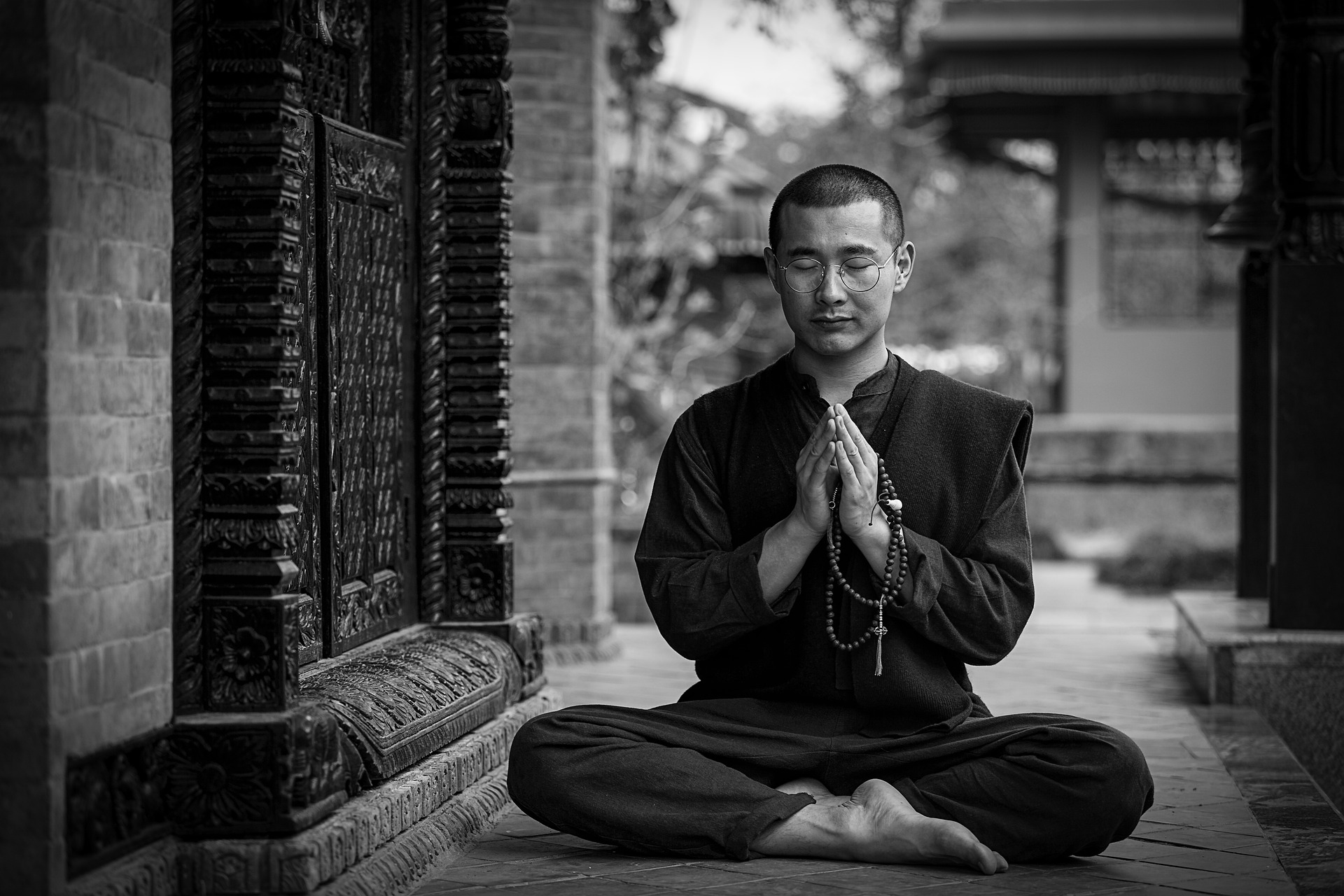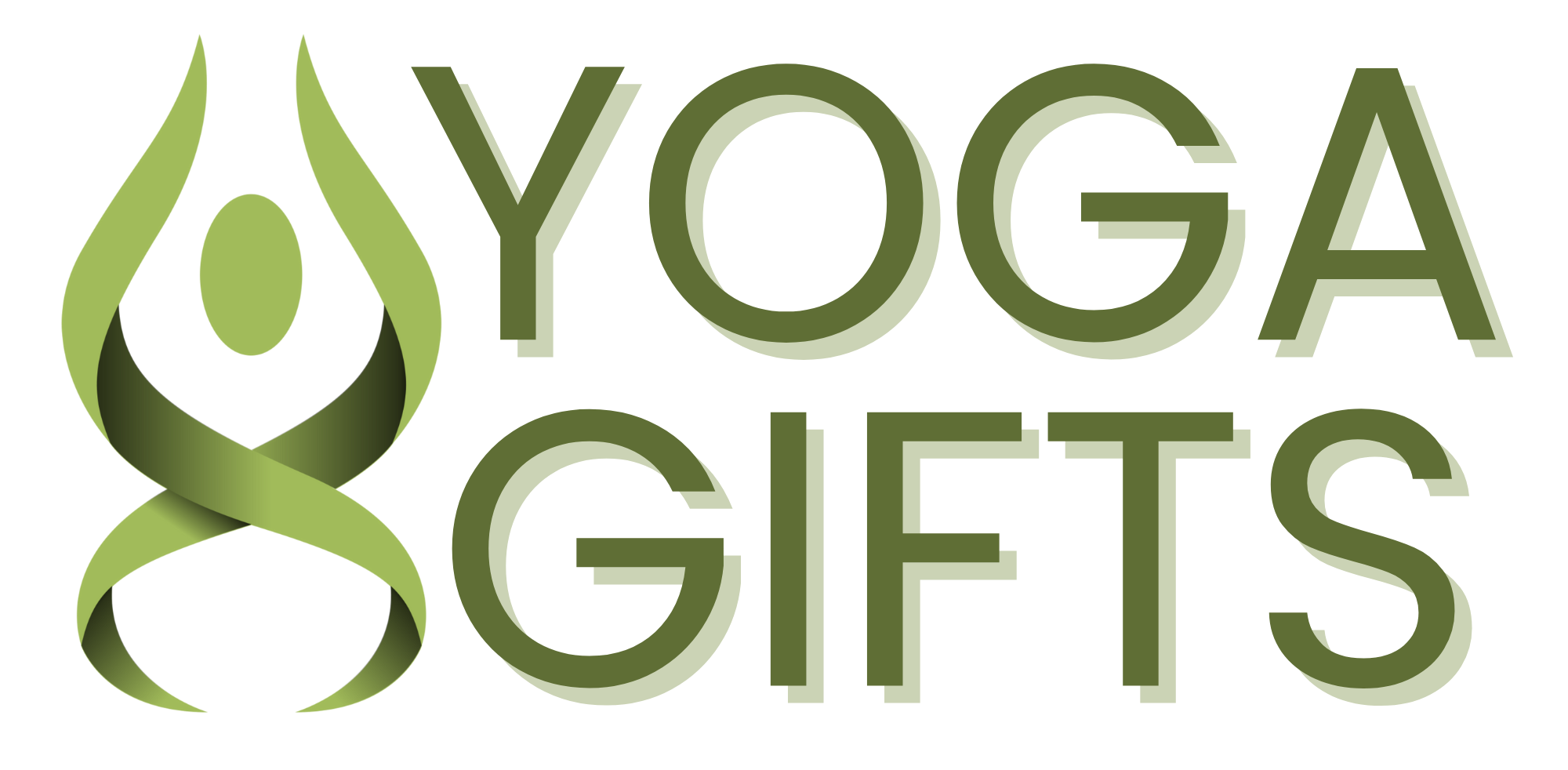
Yoga, an ancient practice that originated in India thousands of years ago, has evolved into various styles and disciplines. Each type of yoga offers unique benefits and focuses, catering to different preferences, needs, and fitness levels. Whether you’re seeking physical strength, flexibility, mental clarity, or spiritual growth, there’s a yoga style that can align with your goals. Here’s a guide to the most common types of yoga, helping you find the right practice for you.
1. Hatha Yoga
Hatha yoga is often referred to as the foundation of all yoga practices. It is a gentle introduction to the most basic yoga postures and breathing techniques. Ideal for beginners, Hatha yoga focuses on alignment and relaxation, providing a slower pace that allows practitioners to fully engage with each pose. It’s an excellent starting point for those new to yoga or those looking to refine their techniques.
Key Benefits: Improved flexibility, balance, and stress reduction.
2. Vinyasa Yoga
Vinyasa yoga, also known as “flow” yoga, is characterized by its fluid transitions between poses, synchronized with the breath. This style is dynamic and can vary greatly depending on the instructor. Vinyasa classes often feature creative sequences that build heat in the body, offering a workout that challenges both the mind and body. It’s suitable for those who enjoy a more active and physically engaging practice.
Key Benefits: Cardiovascular fitness, improved coordination, and enhanced mental focus.
3. Ashtanga Yoga
Ashtanga yoga is a rigorous style that follows a specific sequence of postures, performed in a set order. It’s a physically demanding practice that requires strength, flexibility, and endurance. Ashtanga is traditionally taught in a Mysore style, where students practice the sequence at their own pace under the guidance of an instructor. It’s perfect for those who thrive on discipline and routine.
Key Benefits: Strength building, increased flexibility, and mental discipline.
4. Bikram Yoga
Bikram yoga, also known as hot yoga, consists of a fixed sequence of 26 postures practiced in a room heated to about 105°F (40°C) with high humidity. The heat is intended to mimic the climate of India and helps in loosening muscles, promoting detoxification through sweat. Bikram yoga can be intense and is recommended for those who are comfortable with high temperatures and a vigorous practice.
Key Benefits: Detoxification, improved flexibility, and weight loss.
5. Iyengar Yoga
Iyengar yoga, developed by B.K.S. Iyengar, emphasizes precision and alignment in each pose. It often incorporates props like blocks, straps, and bolsters to help practitioners achieve proper alignment, making it accessible to people of all ages and abilities. Iyengar yoga is methodical and therapeutic, focusing on holding poses for extended periods to build strength and flexibility.
Key Benefits: Improved posture, injury prevention, and increased body awareness.
6. Kundalini Yoga
Kundalini yoga is a spiritual and meditative form of yoga that focuses on awakening the kundalini energy, which is believed to be coiled at the base of the spine. The practice combines physical postures, breath control (pranayama), chanting, and meditation to elevate consciousness and promote spiritual awakening. It’s ideal for those looking for a practice that integrates mind, body, and spirit.
Key Benefits: Spiritual growth, emotional balance, and stress relief.
7. Yin Yoga
Yin yoga is a slow-paced, meditative practice that involves holding poses for several minutes. It targets the deeper connective tissues, such as ligaments, joints, and fascia, rather than focusing on the muscles. Yin yoga promotes relaxation and flexibility, particularly in the hips, pelvis, and lower spine. It’s an excellent practice for those seeking a gentle, restorative approach to yoga.
Key Benefits: Increased flexibility, improved circulation, and deep relaxation.
8. Restorative Yoga
Restorative yoga is all about relaxation and rejuvenation. It uses props to support the body in restful postures, allowing for deep relaxation without strain. This practice is gentle and slow, with a focus on healing and recovery. Restorative yoga is beneficial for anyone dealing with stress, recovering from injury, or simply seeking a calming, restorative experience.
Key Benefits: Stress reduction, enhanced relaxation, and improved sleep quality.
With so many types of yoga available, it’s essential to find the one that resonates with you. Whether you prefer a physically demanding practice like Ashtanga, a spiritually enriching practice like Kundalini, or a relaxing practice like Restorative yoga, there’s a style that can meet your needs. Exploring different types of yoga can be a rewarding journey, leading to greater self-awareness, improved health, and a deeper connection to yourself.


